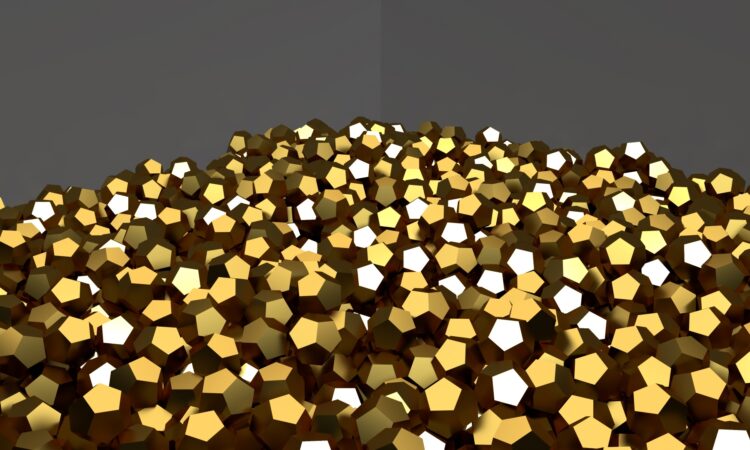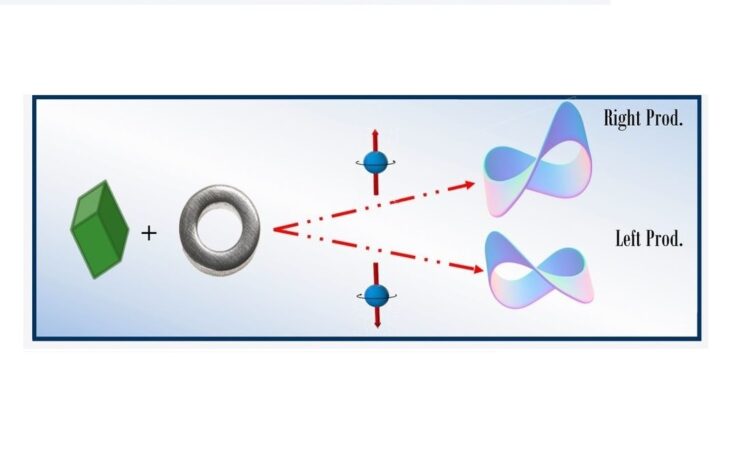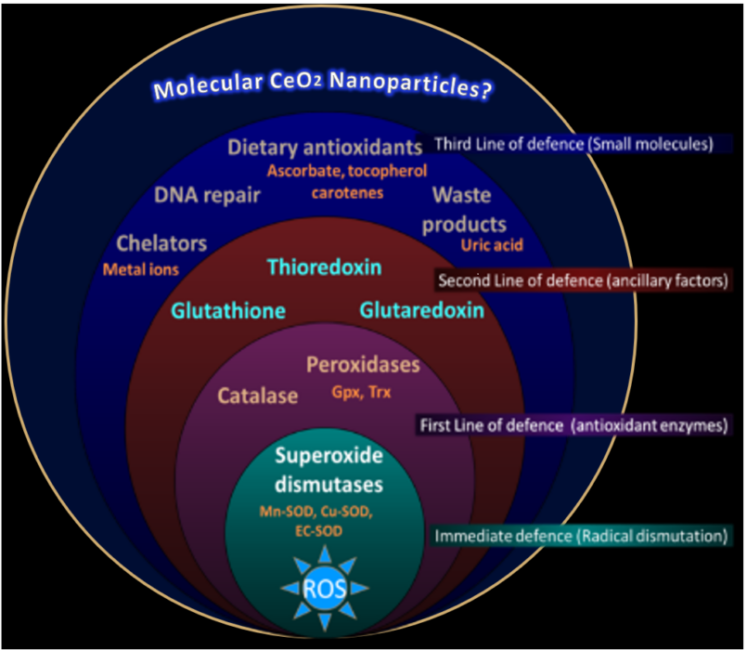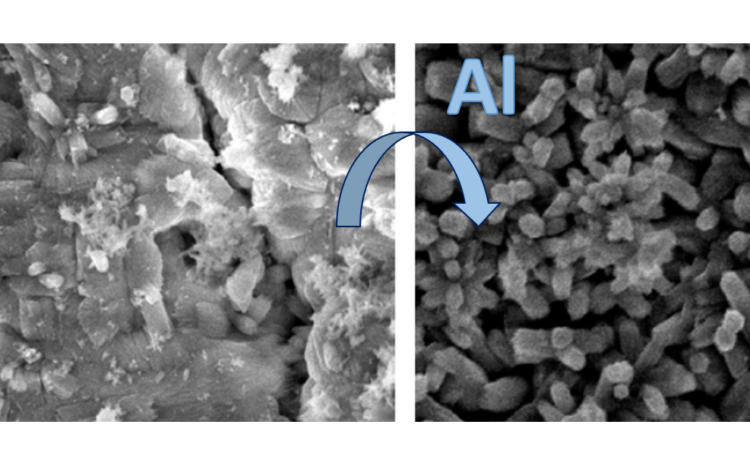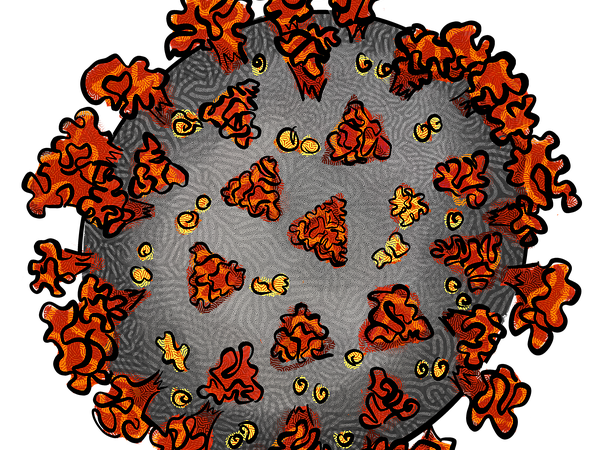New research reveals plausible degradation pathways of metallic gold into nanoparticles through unforeseen corrosion!
Wearable electronic patches detect biomarkers of human health using plasmonic material
Research in wearable electronics brings us closer to personalized medicine with plasmonic materials.
Electron spin selectivity effects can be harvested in asymmetric catalysis
A deeper understanding of spintronics enables the generation of new technologies using chiral molecules.
Molecular Nanoparticles: Large Molecules to Prevent Oxidative Stress?
Maybe chemistry can save us—in this case, synthetic chemists have developed a family of lanthanide-oxo molecules and investigate their capabilities as radical species scavengers, with a possible future in the clinic to mitigate various diseases onset by oxidative stress (get antioxidants into your diet, people!).
In Thin Air: Studying Reactions in Levitating Water Droplets
The power of levitation isn’t just for magicians anymore. Learn about a new way of examining water droplets as they float in midair using just sound!
Bug to bug on a bubble
How do pheromones travel from one insect to another? Humidity may change the answer to this question.
Safer Hair Dyes
A new synthetic method to produce melanin, the natural molecule that leads to hair color, shows promise as a safer hair dye.
From Lead Pipes to Contaminated Drinking Water: Lead’s Chemical Accomplices
Lead pipes still exist in older infrastructure, but chemical water treatment can prevent (or increase!) the release of lead from the pipes to drinking water.
What a shock: material changes can impact charge
The amount of charging on an object changes when it is folded or unfolded.
Chemistry & COVID-19
The COVID-19 pandemic is consuming our news feed at the moment – while you’re self-isolating read about some of the great science research going on to combat our newest virus.
Detergents are for more than washing dishes
Studying membrane-bound proteins requires stabilizing their structure outside of the membrane – otherwise they fall apart. But our analytical techniques have not risen to the challenge. Sadaf et al. pushes us forward by developing novel detergents for stabilizing membrane proteins.

